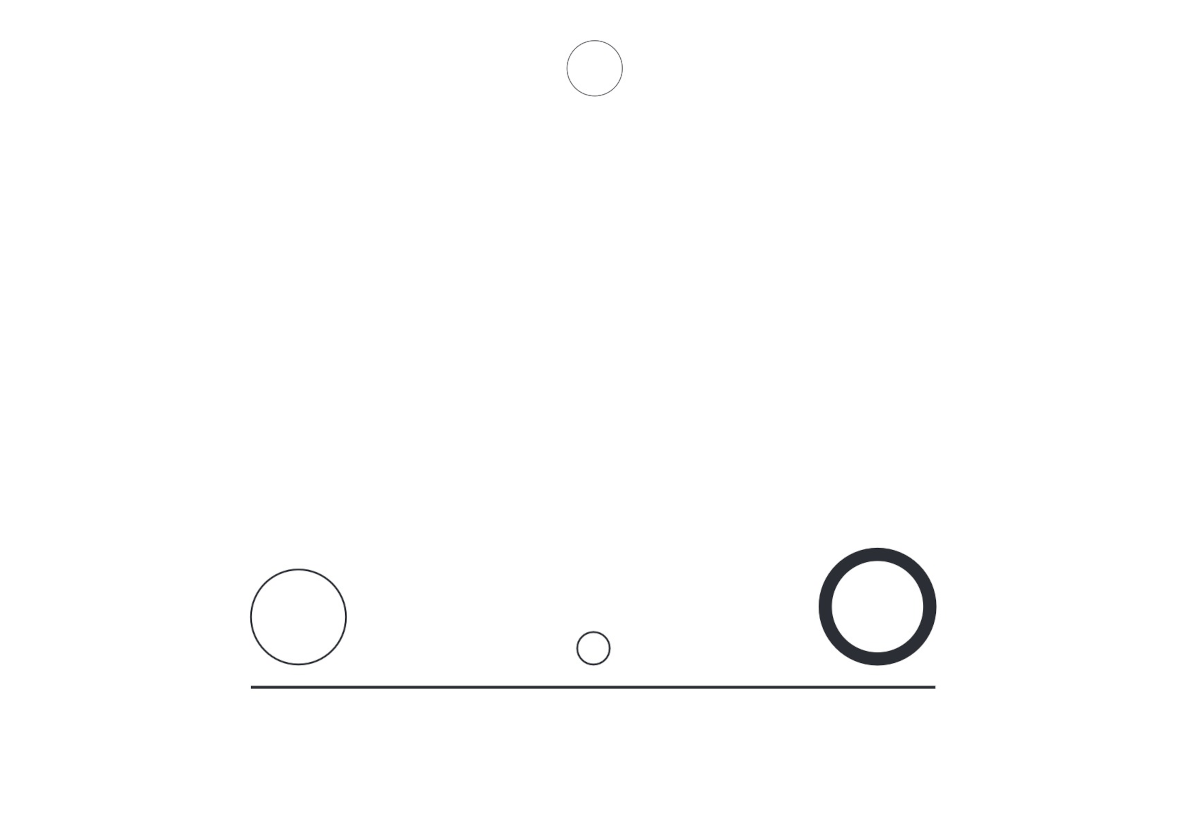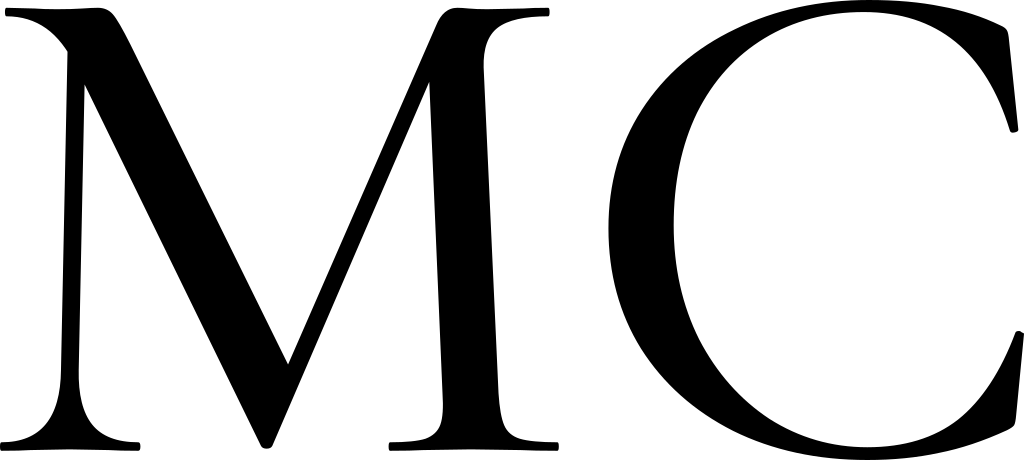
LUČA
The starting point and inspiration of my work is one of the timeless (or perhaps all-time) works, which raises similar questions, therefore, “The Light of the Microcosm” by Peter II Petrovic Njegos, a poem written in the spring of 1845. In this philosophical-religious song, Soul, Guided by the “divine spark”, the search for the causes of man’s fall from heaven and the beauty of the deity.
The “Light of the Microcosm” project was presented as an animation covered with movement and sound. The idea to illustrate and then animate the “Light of the Microcosm” came about by thinking about the issues I quoted, human origin and eternal struggle, the question of what is good. and what not. That is how I connected with the poet, who as a boy, in the walls of the Cetinje monastery, began to think about God, the origin of the world and the place of man in the cosmos. Reading the book (which I love and consider one of the most precious knowledge), I compared myself with Njegos and through him showed the expression of my inner world and the expression of the reality in which that world originated. The idea of animation started with a line, then geometric shapes, where a circle dominates as a symbol of perfection. First, sketches were made, drawn on paper, with a graphite pencil, and then colored with tempera. The colors I used are black and white. Figure I:
The lines represent the earthly space (city). The color black represents the “grayness and boredom” that reigns. Njegos descends to the ground, who during the whole animation is in the role of an observer (small circle) and Iskra, a divine creature (big circle), appears, which leads him to a world pure and perfect, to the world of heavenly fields, where Iskra is born and living.
Figure II and III:
Njegos (small circle) and Iskra (large circle) move slowly through space and reach a hill topped by light and a spring. A place where God vowed to disperse there.
Figure IV:
The poet enters the heavenly realms (represented in white), in Paradise where angels sing hymns of eternal love. Angels are also represented as circles. The smallest circle represents Adam, then we see Michael, the black circle represents Satan.
The line below them represents the pedestal or seesaw, as I called it, where Adam first descends to the middle, Archangel Michael on the left, Satan on the right. The next four lines represent the conversation between Michael and Satan. Archangel Michael tries to dissuade Satan from rebellion, leads him to know the name of the Almighty and expels envy and malice from himself and his mind. Adam approaches Satan. Satan becomes blacker and bigger (the circle symbolizes the growth of his evil). In the next picture, we see that the seesaw moved and that Adam (small circle) repented, headed towards Michael and God. Because of betrayal, Satan is getting bigger and blacker.
- Composer – Miona Cvijović





































